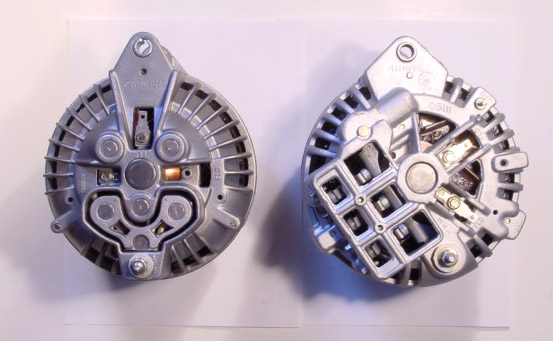xLURKxDOGx
"An angel fat, at satan's feast"
So, i was having issues with my lights pulsing for the last 6 months or so, i replaced the voltage regulator about 2 months ago, nothing changed. Out of curiosity i went and had autozone test the alternator, they said it and the voltage regulator were bad. I used the warranty and got another alternator and had them recheck it in the car, the alternator was good but it said the voltage regulator was bad. I picked up a new voltage regulator and it said the same thing, bad voltage regulator. Now, im getting 12.58 or so at the battery before starting and around 12.48 after starting and im getting roughly the same at the negative side of the alternator and 9amps at the FLD side while on idle. I was trying do some research and came to the conclusion that i needed 13.8 to 14.2 when the car is running but it just stays at 12.4 to 12.5. I just replaced the battery last month. I tried hooking a wire from the FLD on the alternator to FLD on the voltage regulator and it reads 9amps so im guessing it isnt from a bad wire because it reads the same either way. Any possible solutions or other things i can try or look for here, ive really been scratching my head on this one because i know NOTHING about wiring and need to get it sorted out before i put my new engine in on the 16th of this month.




















